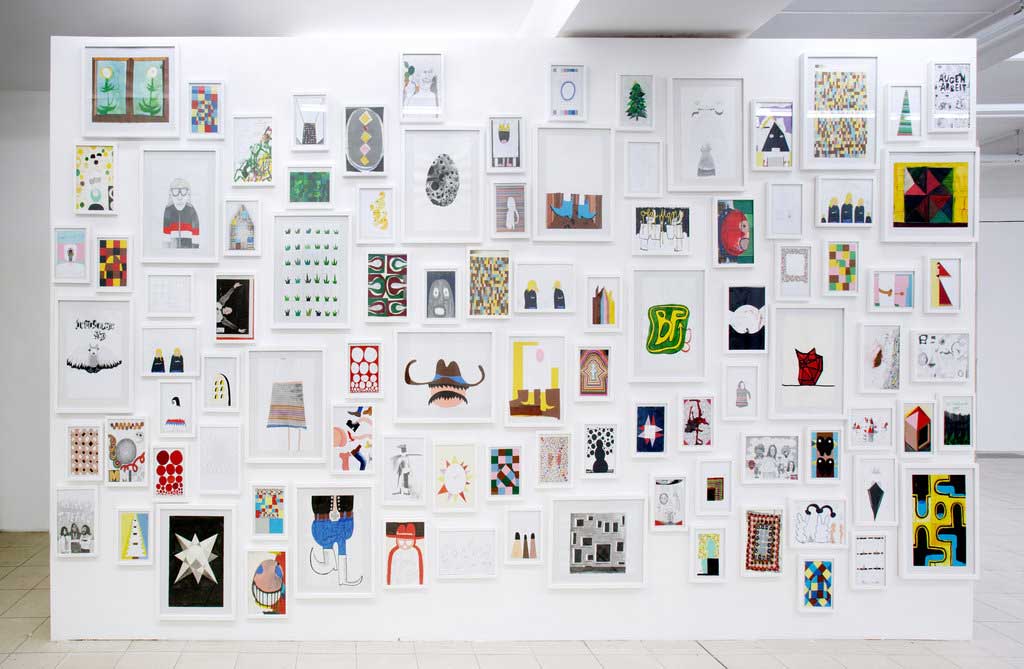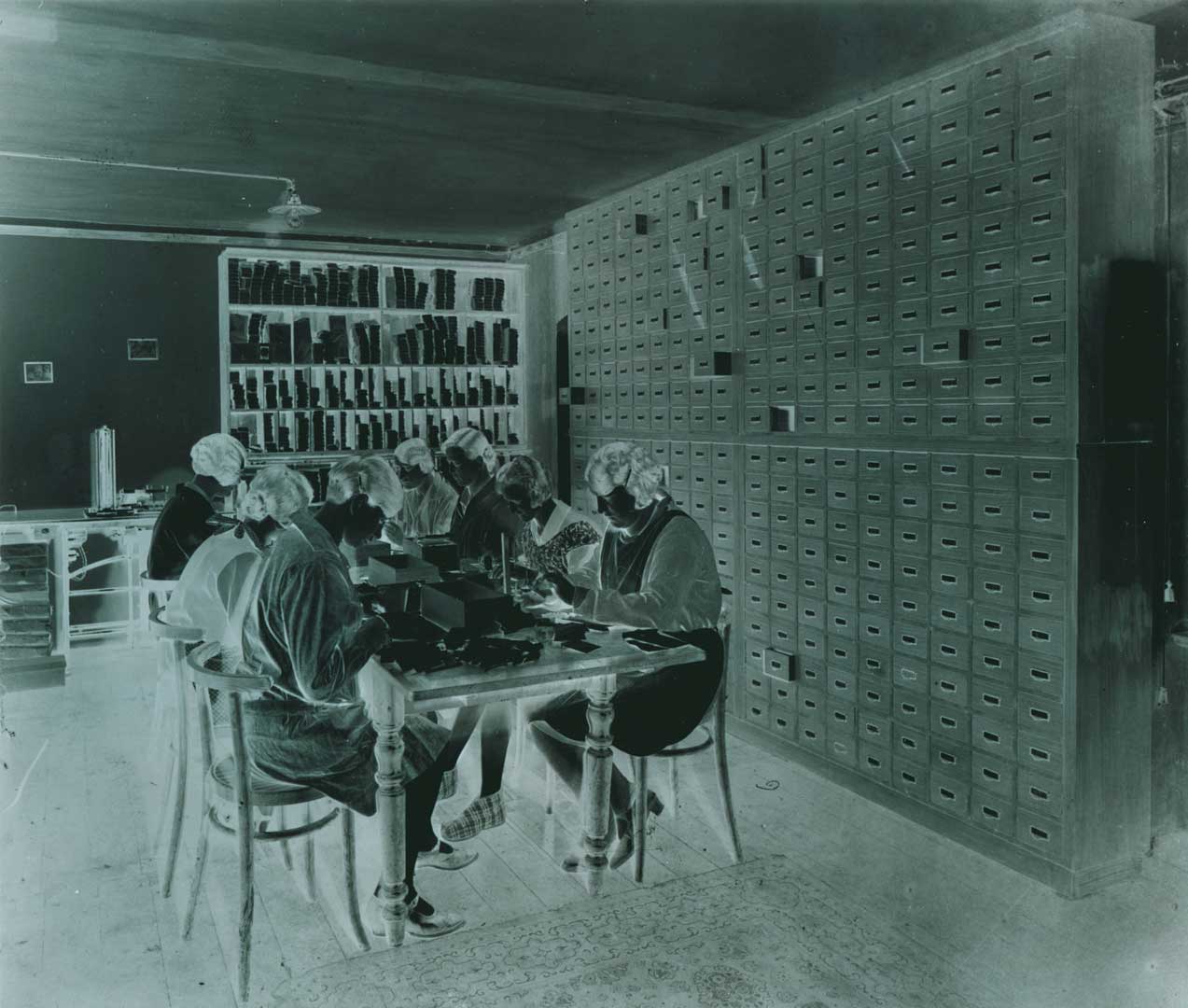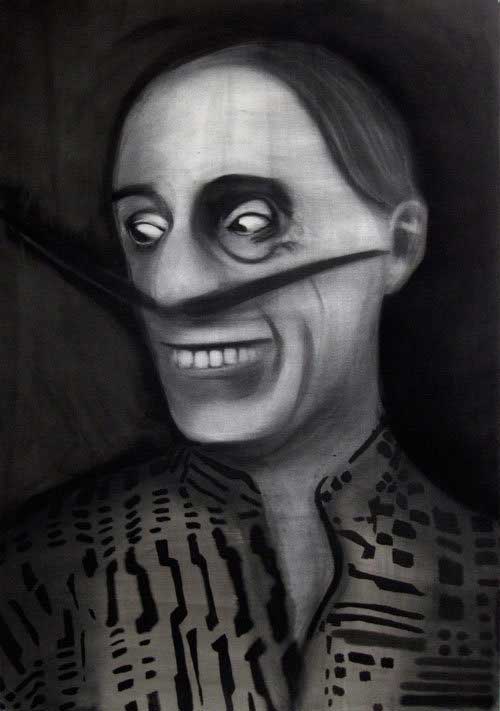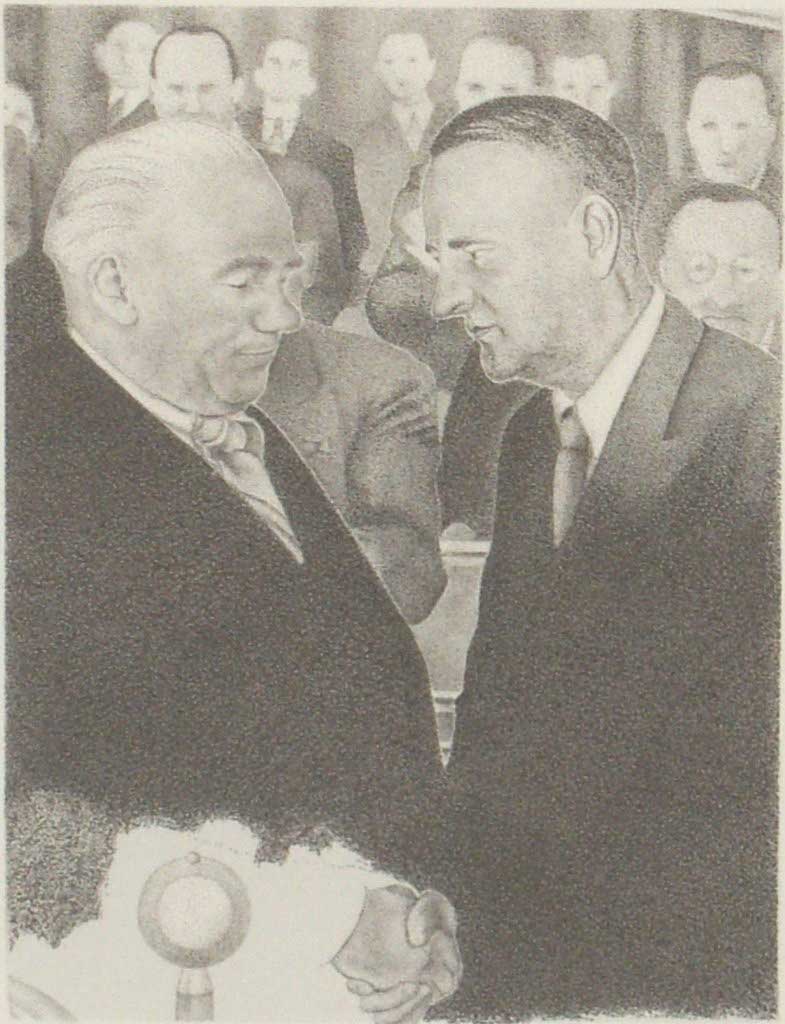Under the title »The Good Times Are Killing Me« Stefanie Busch presents new work which visualizes, in the form of a repository of images, her observations of the current regression in the US. During a stay of several months in the American Midwest she folded together a self-reflexive analysis of her status as an artist with the self-evident images of a system still functioning despite signs of decay and dilapidation.
VACANT: The financial crisis is most clearly evident in the vacated and deserted properties in the (sub)urban cities of the Midwest. Here vacant means an uncertain future, a clearing away, a tearing down of houses or market correction. The codes and signs of the regression fit into Stefanie Busch’s coming to terms with the status quo of art and the business of art; she picks up on them in her new works. In »The Good Times Are Killing Me« she presents screen-prints, photographs, and ink-drawings. The source material for the new works are newspaper articles, city maps, empty advertising hoardings, architecture, but also the common or garden situations of everyday American life. Common to the subject matter is the unspectacular, the peripheral. Here Stefanie Busch searches beneath the great surface, beyond the US metropolises, for interesting and marginal realities which, however, probably portray more realistically and concretely the everyday society.
The artist is fascinated by the pragmatic interaction with the traces of the regression, for example in Detroit. A former opera house is rededicated as a parking garage; the resulting melancholia is repressed by the unconventional and concretely practical refunctioning. The effects of the crisis of capitalism become clear, but they are unpretentiously recycled by the inhabitants of this huge, emptied-out city as they get on with attempting solutions. A quiet optimism, anger and creativity inhere in the interaction with the urban wasteland – not for nothing has this led to the city becoming the birthplace of techno and of urban agriculture.
»The Good Times Are Killing Me« was inspired by the observations of the country which Simone de Beauvoir works through in her 1947 work America Day By Day (Amerika Tag und Nacht, literally »America Day and Night«). Stefanie Busch has created a diary which draws upon encounters, walks, and research. She continuously adds to her archive of photos, from which she then peels out the subject matter and codes of the days and nights of today‘s America. Her subsequent cutting-up, printing, overlaying, and re-staging of these pictures both reinforce and overstate contemporary America.
VACANT: The financial crisis is most clearly evident in the vacated and deserted properties in the (sub)urban cities of the Midwest. Here vacant means an uncertain future, a clearing away, a tearing down of houses or market correction. The codes and signs of the regression fit into Stefanie Busch’s coming to terms with the status quo of art and the business of art; she picks up on them in her new works. In »The Good Times Are Killing Me« she presents screen-prints, photographs, and ink-drawings. The source material for the new works are newspaper articles, city maps, empty advertising hoardings, architecture, but also the common or garden situations of everyday American life. Common to the subject matter is the unspectacular, the peripheral. Here Stefanie Busch searches beneath the great surface, beyond the US metropolises, for interesting and marginal realities which, however, probably portray more realistically and concretely the everyday society.
The artist is fascinated by the pragmatic interaction with the traces of the regression, for example in Detroit. A former opera house is rededicated as a parking garage; the resulting melancholia is repressed by the unconventional and concretely practical refunctioning. The effects of the crisis of capitalism become clear, but they are unpretentiously recycled by the inhabitants of this huge, emptied-out city as they get on with attempting solutions. A quiet optimism, anger and creativity inhere in the interaction with the urban wasteland – not for nothing has this led to the city becoming the birthplace of techno and of urban agriculture.
































































